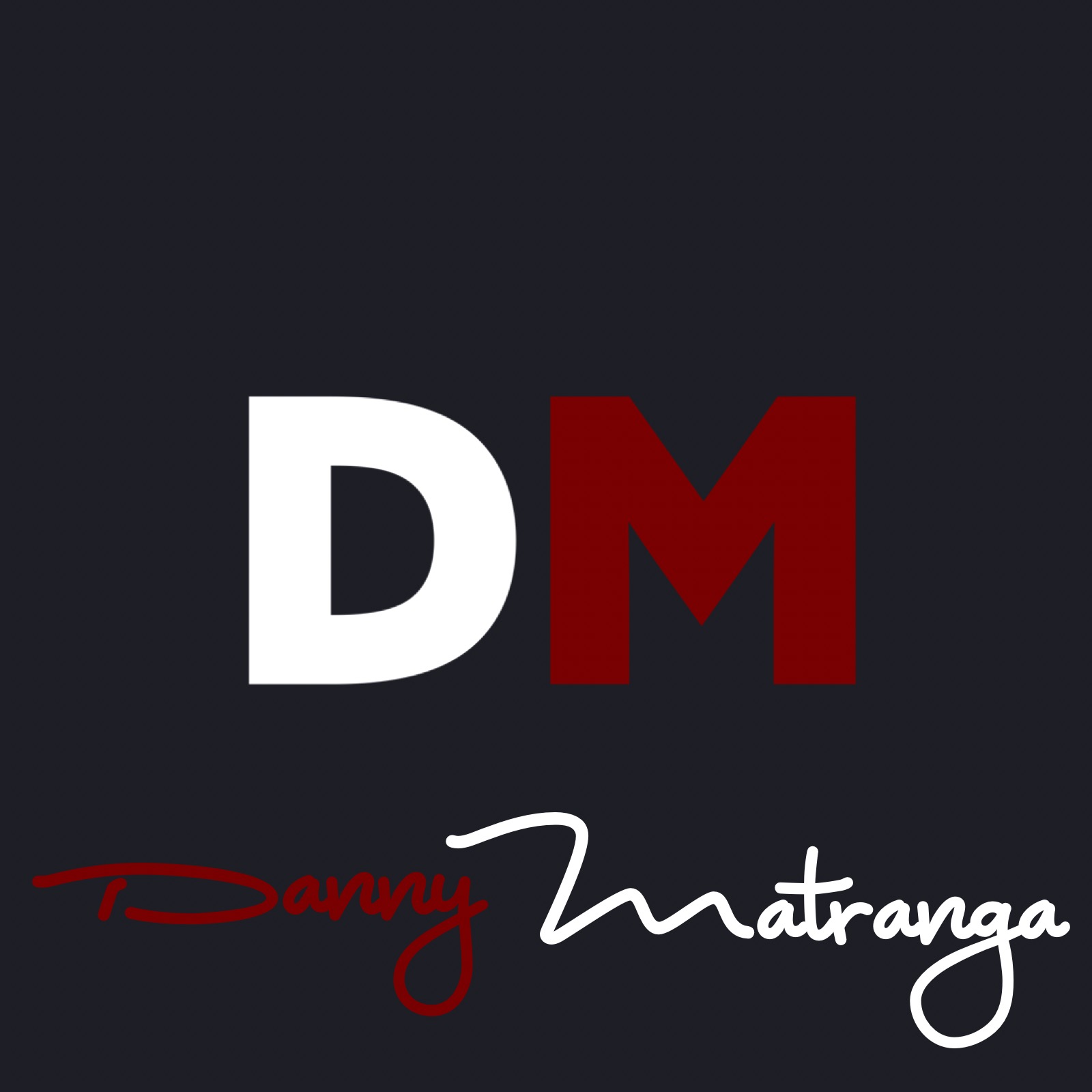The Best Muscle Building Trick You Haven't Tried Yet
Every gym has that one old guy who has massive arms, but he only ever does arms. No seriously, the guy comes in like four to five days a week and smashes arms and goes home. Ridiculous - but there is some wisdom in this, let me tell you why.
Training Frequency
When it comes to making adjustments to a program to increase muscle gains, the direction most trainees and clients go is usually towards either increasing volume (more sets/reps/weight) or intensity (more load/higher RPE/Lower RIR). The one most people forget FREQUENCY. Increasing training frequency is a great training tool for improving the rate at which you stimulate a given muscle/muscle group without having to increase the associated intensity or volume, and therefore, recovery needs.
So, in theory, by focusing on a more frequent stimulation, one might find all the same, if not more gains, with no additional recovery requirement.
With clients, before I bump up volume and intensity, I often add some frequency. Doing this has proven to be a great first approach because it allows us to increase the rate at which we expose the body to a stimulus to get a desired adaptation or response without NEEDING to increase the intensity of said stimuli. If you have ever worked with general population clientele, and even some athletes, you are probably aware their relationship with intensity is usually skewed in favor of liking it too much or being terrified of it altogether. Using this method can bridge the gap.
Want to see frequency in action? Look at Olympic lifters. This population squats and does overhead work nearly every training session - but not always at maximal intensity. Despite a very frequent stimulation, they are often some of the best-recovered trainees around, and it is that frequency that allows them to spread their enormous lifting volumes out so well across their respective training weeks.
Using Frequency to ADD VOLUME:
Blood Flow Restriction Training (SHOWN HERE) Can be done frequently due to the relatively low loads/intensity.
If one wanted to increase the intensity or volume within a program, frequency is still in play. Imagine knowing you had to do nine sets of balls to the wall squats in a given week; you may prefer to do three days of 3 hard sets as opposed to 9 sets in one day. You might not. That's ok. This is all about having tools. To add volume (to this example) one could select which of the three days they want to add some sets/reps OR make one session a "higher volume" session and do nothing to the other two sessions. As for intensity, selecting one of the days to prioritize intensity (best done early in the training week) and having secondary technique, speed, or volume sessions is often a great approach.
Increased rate of training frequency, on a per muscle group basis, is also great for nutrient partitioning, fat burning (calories being equated) and body composition. This is why most bodybuilders, NOWADAYS at least opt to train most muscle groups at least 2x/week. It not only allows them to limit the systemic fatigue of having to put it all on the line in one session but will enable them to send a signal to the body/muscle group 2, sometimes even three times/week.
However you decide to deploy frequency is up to you. Just know this, it has been around forever, is safe, and slowly becoming more popular once again. The utility is there for aesthetics, performance, and longevity. How it ever fell out of favor is beyond me.
Examples of Frequency for Hypertrophy:
Training Goal: Deltoid Hypertrophy
Set Volume: 12-20 sets of submaximal isolated deltoid work 1-2 RIR
Traditional Setup: 12-20 sets of separate deltoid work done once/week on a "shoulder day" OR 12-20 sets of deltoid work at the end of 2 push days/week.
How To:12-20 sets of direct deltoid work spread across 3-4 several sessions/week. Max set volume/session is 5 sets.
Example of Frequency for Strength Sports:
Training Goal: Increase Deadlift Strength
Set Volume: 12 submaximal working sets/week.
Traditional Setup: Deadlifting for several sets 1-2 x/week.
How To: 3 sessions of deadlifting, a heavy session (more maximal), a speed session (submaximal), and a variable session (submaximal + something like bands/chains).
Acronyms used:
RPE +Rating of Perceived Exertion
RIR = Repetitions in reserve


